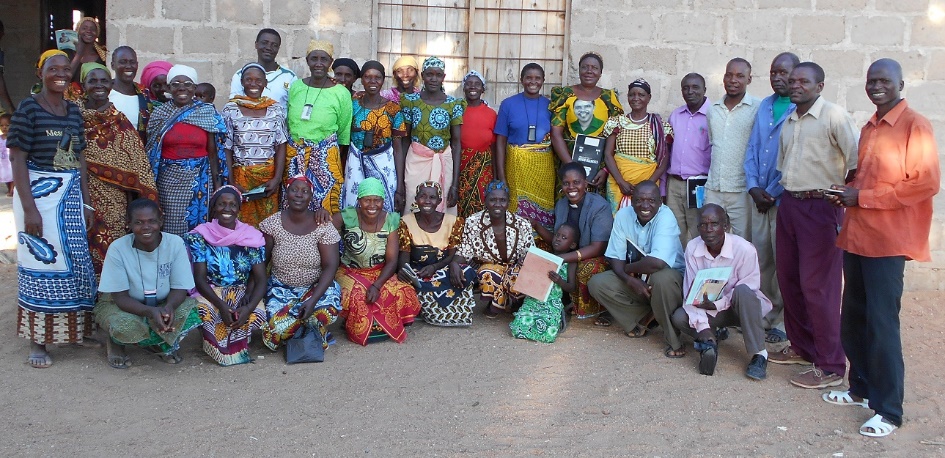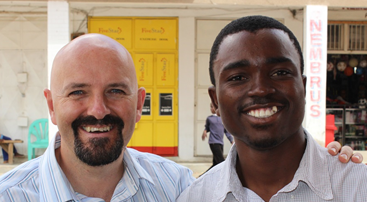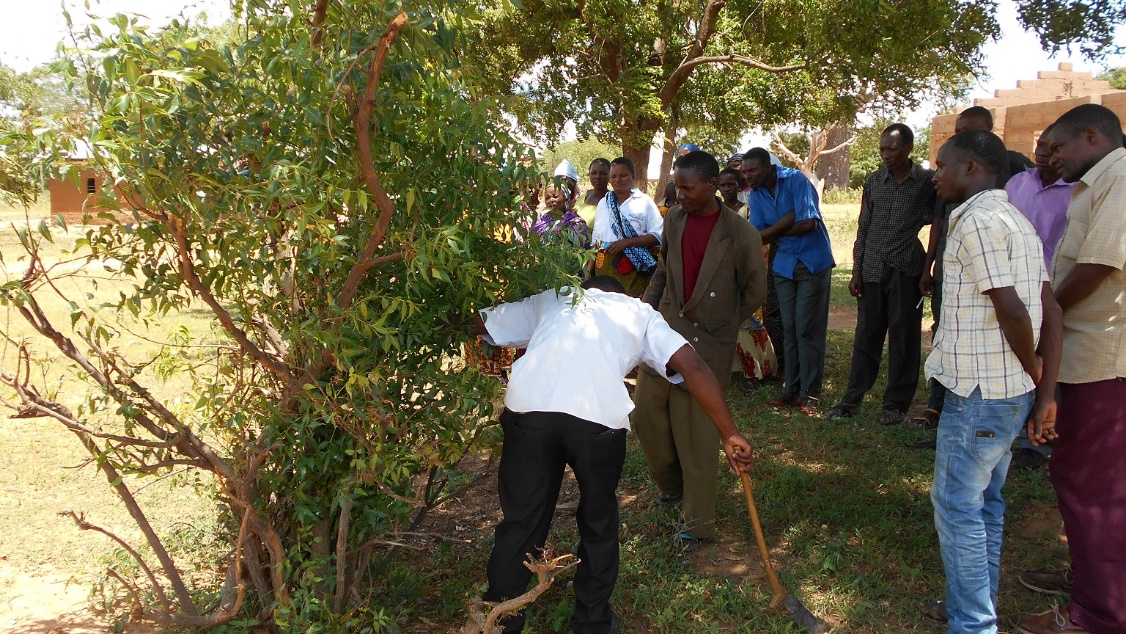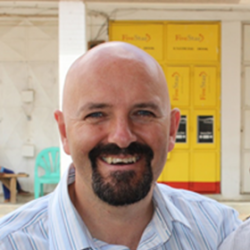
Resurrecting Trees in Dodoma Region, Tanzania
May 27, 2015
Dodoma, the capital of Tanzania, was a woodland and game reserve 80 years ago. Over the past 30 years deforestation has accelerated to the point that the Dodoma Region is now a semi-arid zone where people struggle to eke a living from previously fertile soils. The main contributor to this deforestation is poor farming practices and charcoal making for urban centres.
I am involved in a range of business and development training programs in Tanzania and currently delivering a tree regeneration training program to 60 villages in the Dodoma Region with my Tanzanian friend Nassoro. Each village will receive 5 visits and the cost of the entire programme is only 3500 US Dollars over a 12 month period. I have been providing encouragement and accountability, and contributed to the initial training design. Nassoro has called the program ‘Ufufuaji wa miti’ which means ‘Resurrection of the Trees’ in Swahili. The acronym he uses is ‘UMI’ which means ‘life’ in the local KiGogo language.

Andrew Jones (left) and Nassoro
Nassoro heads out on village visits on his motorbike 3-4 days per week. His methodology is to dig the hole of felt need on his first visit to the village. Usually an older person is selected from the participant group. We find they remember better times when the rivers ran all year round, when trees were abundant and they used to forage for forest fruit, when crops were more successful and when wild animals lived nearby. Following this sobering remembrance, Nassoro explains five key functions of trees in the environment and then explains the good news that existing root stock of trees which have been felled can be regenerated. A single laminated page of notes and pictures written in Swahili is circulated and villagers are challenged to train those who are not present at Nassoro’s training. He finishes his first visit by pruning a number of trees with his audience and making sure that several villagers have a go before he leaves them with their homework of pruning ten trees each for ten days.

Nassoro demonstrates and then calls a volunteer to prune a tree
Nassoro’s subsequent visits are to provide encouragement and accountability as well as to provide some training for other business opportunities that villagers can exploit such as raising chickens or pigs for market. We are essentially asking people to stop cutting trees down and making money from charcoal sales to urban markets. In order to gain traction with tree regeneration activities we need to help them to explore and begin alternative money making business ideas.
So far Nassoro has visited 30 villages, a number of them twice. He has been warmly accepted by most and given a hard time by a few. The challenge, as always, is in the follow-up and helping villagers to see the relatively quick benefits of tree regeneration in their village environment.

Andrew Jones, an Australian missionary serving the Anglican Church in Tanzania, is involved in a range of business and development training programs in the country. He is currently promoting Farmer Managed Natural Regeneration in the Dodoma region.
